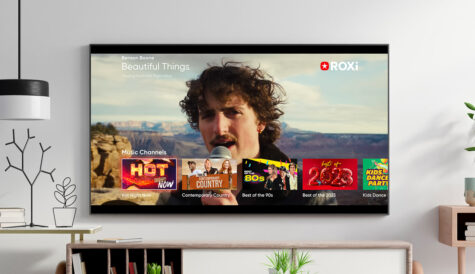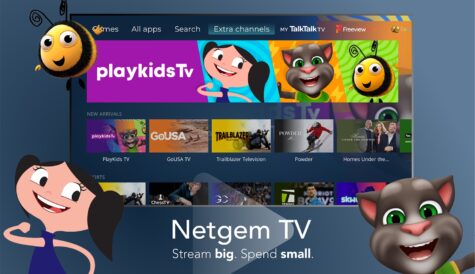thePlatform launches unified cloud ingest service
Comcast-owned white-label video publishing company thePlatform has launched a cloud-based Unified Ingest Service to centrally manage all of the video and related metadata files that operators want to distribute to subscribers’ set-top boxes and other IP-connected devices.
According to thePlatform, its Unified Ingest Service can manage direct feeds from satellite transmissions, traditional video pumps, operator-owned content delivery networks and external CDNs for online video sources, and provides a centralized back-end resource needed to package, promote and sell video services.
ThePlatform is making the system available as a standalone service for pay TV operators, or as part of a broader suite of video publishing services powered by thePlatform’s mpx system.
According to thePlatform, the ingest system supports the industry’s shift to terrestrial delivery and an emphasis on receiving one high definition mezzanine file that can then be modified for both traditional cable delivery (MPEG2/QAM) and IP delivery, along
with closed-captioning versions and images. It provides advanced workflows to get these files into all formats needed for legacy STBs, next-generation IP STBs, game consoles, tablets, and smartphones,
and more; and works with thePlatform’s optional mpx Accelerate service, which enables customers to store high-quality mezzanine video files near their transcoding services.
“Pay TV providers want to increase efficiency, reduce costs, and set
themselves up to deliver a richer TV experience to subscribers—which means getting things right from the start,” said Marty Roberts, co-CEO of thePlatform. “Right now, the act of collecting video and metadata is areal mess. We’ve invested in our Unified Ingest System to help operators tackle this issue and create a new foundation for innovation. In fact, we already provide this kind of functionality to support more than 20 million pay TV subscribers across STBs and other devices. So, we decided to productise it, and make it generally available to the broader cable, telco, and satellite TV provider community, starting today.”




